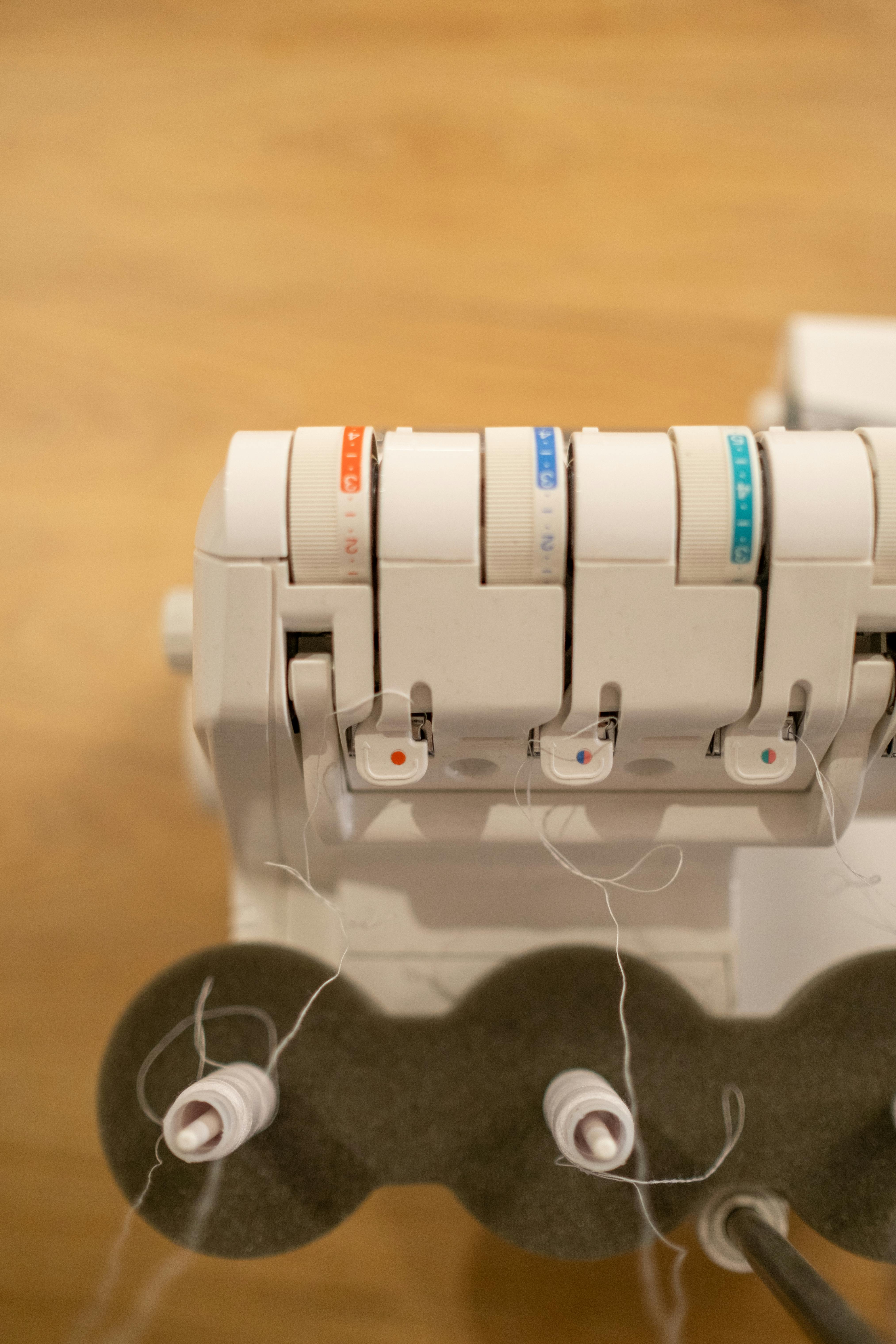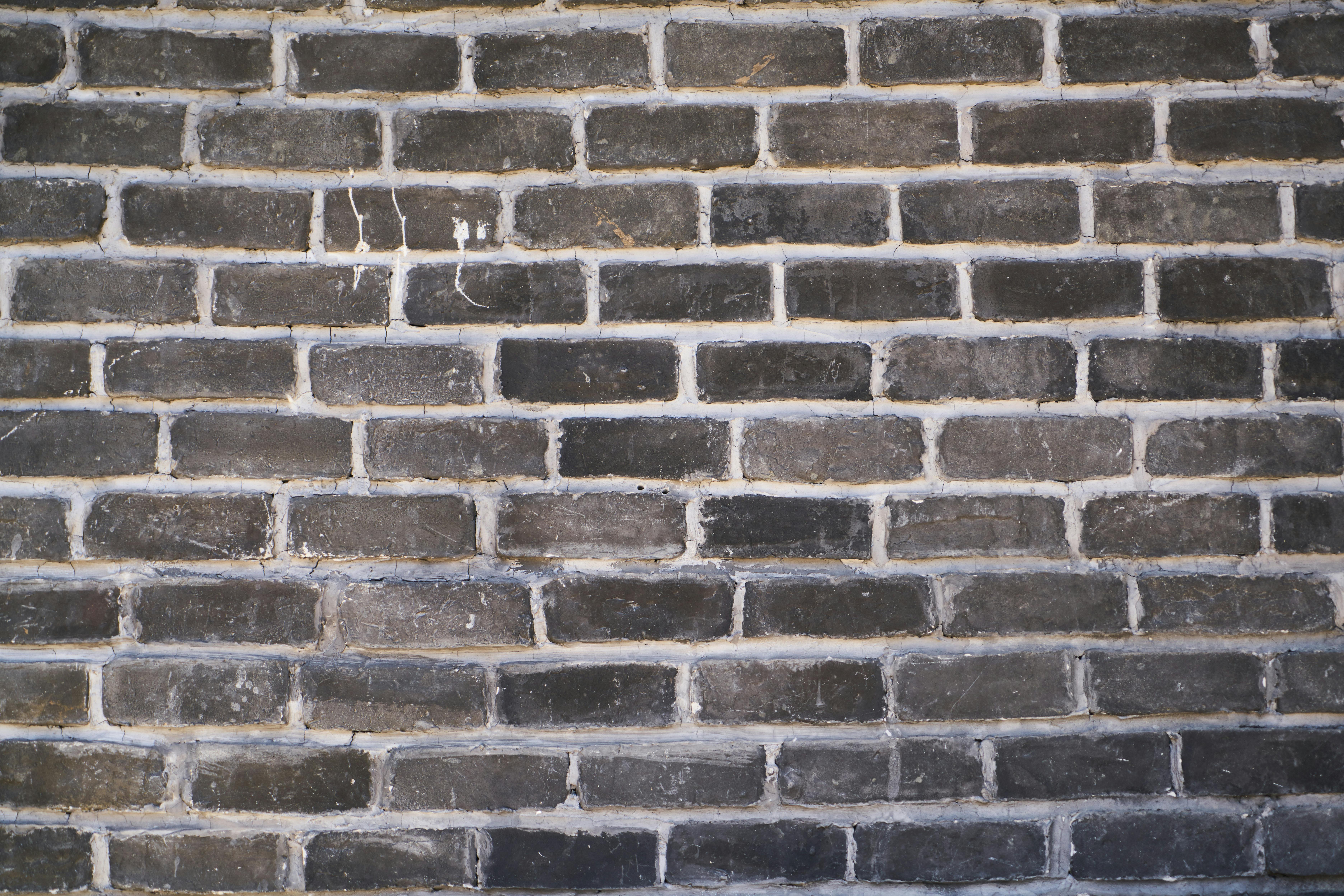Apply Now
Essential Guide to Calculating Cubic Feet for Your Projects
Understanding Cubic Feet and Its Importance
Cubic feet is a crucial measurement in various fields, including construction, shipping, and storage. It refers to the volume of a three-dimensional space measured in feet. Understanding how to calculate cubic feet can greatly enhance your projects' efficiency and effectiveness, especially in 2025 when functional space is more critical than ever. By correctly measuring cubic feet, you can maximize your resources, estimate materials accurately, and ensure that your space serves its intended purpose optimally.
As we delve into the intricacies of cubic feet calculations, we'll cover key formulas, practical applications, and common conversion tips. It's vital not only for DIY enthusiasts but also for professionals involved in real estate, logistics, and design.
The Essential Formula for Calculating Cubic Feet
To calculate the cubic feet of a regular rectangular box or room, you can use this straightforward formula:
\[ \text{Cubic Feet} = \text{Length (ft)} \times \text{Width (ft)} \times \text{Height (ft)} \]
For instance, if you have a box measuring 2 feet long, 3 feet wide, and 4 feet high, the calculation would be:
\[ 2 \, \text{ft} \times 3 \, \text{ft} \times 4 \, \text{ft} = 24 \, \text{cubic feet} \]
Using this formula ensures that you get the correct volume measurement, which can then be applied across various tasks, from shipping and storage to architectural design and beyond.
Common Mistakes in Measuring Cubic Feet
When calculating cubic feet, it's easy to make simple mistakes that can lead to inaccurate results. One common error is using incorrect units; always ensure that all measurements are in feet. Another mistake involves neglecting to measure the height accurately, particularly when dealing with irregular shapes.
Utilizing visualization techniques or cubic measurement tools can enhance accuracy and mitigate these common pitfalls. Being mindful of these miscalculations will go a long way in improving your understanding of volume and space in any project you undertake.
Converting Cubic Feet to Other Measurements
Understanding cubic feet extends beyond mere calculations; knowing how to convert this measurement to and from other units is equally valuable. For those working in global environments, conversion between cubic feet and cubic meters is particularly common.
Cubic Feet to Cubic Meters Conversion
To convert cubic feet to cubic meters, use the following formula:
\[ \text{Cubic Meters} = \text{Cubic Feet} \times 0.0283168 \]
For example, if your project requires 100 cubic feet of material, converting this to cubic meters will yield:
\[ 100 \times 0.0283168 \approx 2.83168 \, \text{cubic meters} \]
Converting measurements correctly ensures compliance with regulations and standards across different regions and fields.
Examples of Practical Applications for Cubic Feet Conversions
Cubic feet measurements have practical implications in numerous scenarios. For instance, in shipping, understanding cubic feet can help estimate freight costs, where carriers often charge based on volume rather than weight. Similarly, in real estate, cubic feet measurements can assist with evaluating space capacity, which can significantly affect pricing and usage design.
By applying these conversions effectively, you'll ensure that all your projects adhere to best practices and fulfill their intended purposes with efficiency.

Utilizing a Cubic Feet Calculator
With the advent of technology, measuring cubic feet has never been easier. Various online cubic feet calculators streamline calculations and conversions, providing instant results with minimal effort.
Choosing the Right Cubic Feet Calculator
When selecting a cubic feet calculator, look for tools that not only handle basic calculations but also include features for converting to cubic meters, gallons, or even liters. Many calculators also offer step-by-step processes, ensuring you understand how to arrive at the final figure, which is particularly beneficial for educational purposes or when teaching these concepts to others.
Common Features of Effective Cubic Feet Calculators
Effective calculators often include features like:
- User-friendly interfaces
- Options for irregular shapes
- Real-time conversion capabilities
- History logs for repeated measurements
These features enhance usability and accuracy, thereby improving outcomes in various projects, from construction to gardening.

Calculating Cubic Feet for Specific Applications
Now that we’ve established the basic principles of calculating cubic feet, let’s examine its applications in more specific contexts, such as construction and storage.
Cubic Feet in Storage Units
When determining cubic feet for storage units, it’s important to consider not only the inner dimensions but also the nature and arrangement of items stored. For example, optimizing space with shelving can influence usable cubic footage.
Calculating total cubic feet involves measuring the dimensions of the storage area and accounting for any obstructions or dividers that may affect space utilization.
Cubic Feet for Shipping
In the realm of logistics, cubic feet play a critical role in determining shipping costs. Carriers use cubic measurements to assess how much cargo space your shipment will occupy, which directly affects pricing. It's vital to measure the dimensions of your packages accurately before shipping to avoid unexpected fees.
Continually ensure accuracy in your volume calculations, as small errors can escalate quickly, affecting your bottom line significantly.
Frequently Asked Questions About Cubic Feet
What does cubic feet mean?
Cubic feet is a unit of volume measurement that indicates the amount of space three-dimensional objects occupy.
How can I convert cubic feet to gallons?
To convert cubic feet to gallons, multiply the cubic feet by 7.48052.
Why is calculating cubic feet important for shipping?
Accurate cubic foot measurements help determine shipping costs based on the volume occupied in shipping containers.
What are common mistakes in cubic feet measurement?
Common mistakes include using incorrect units or failing to measure dimensions accurately leading to miscalculations.
How can cubic feet assist in home renovations?
Understanding cubic feet allows homeowners to estimate material needs, ensuring projects progress smoothly without overages or shortages.
Its part of generated content. Can i generate another part?


